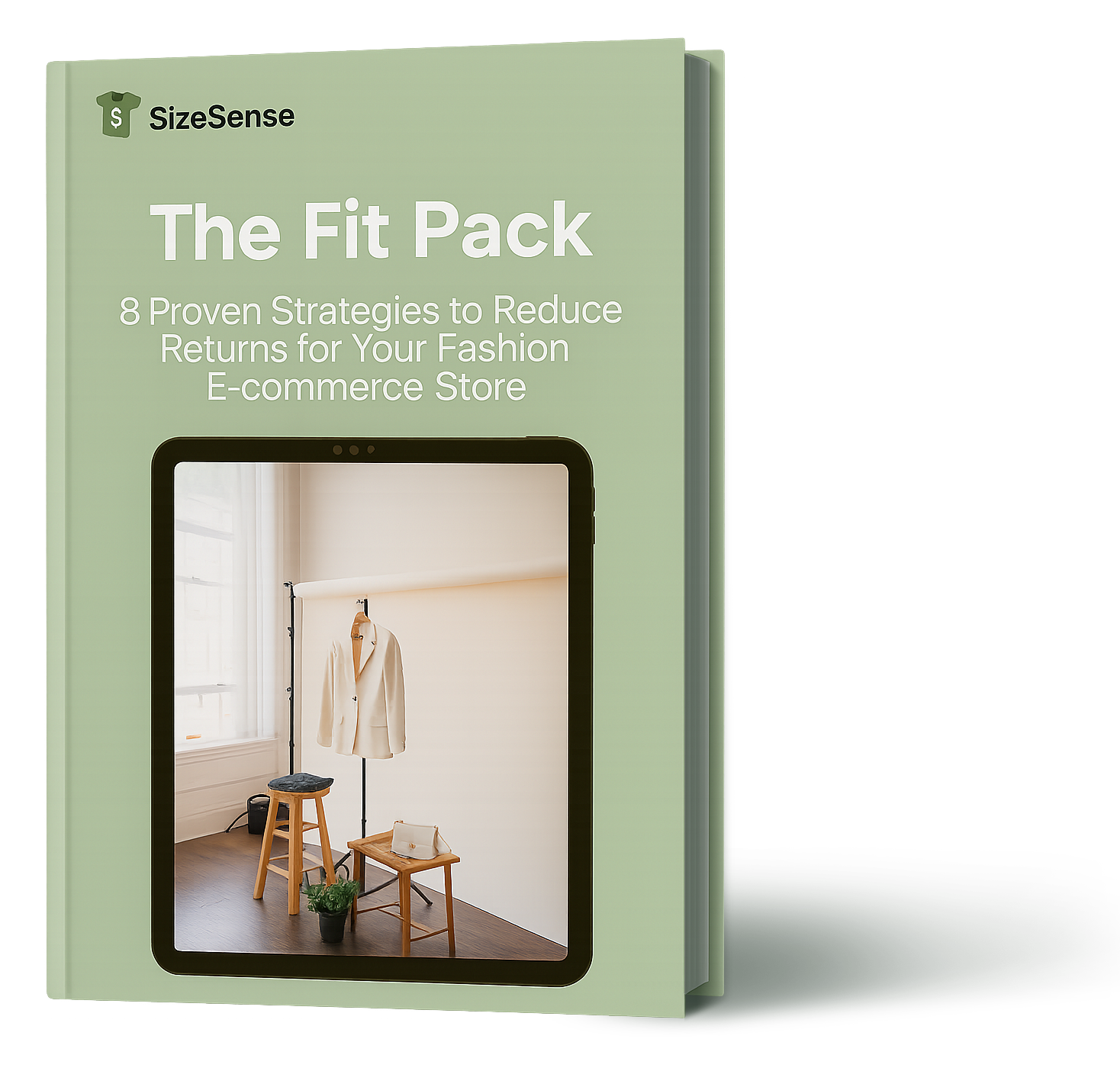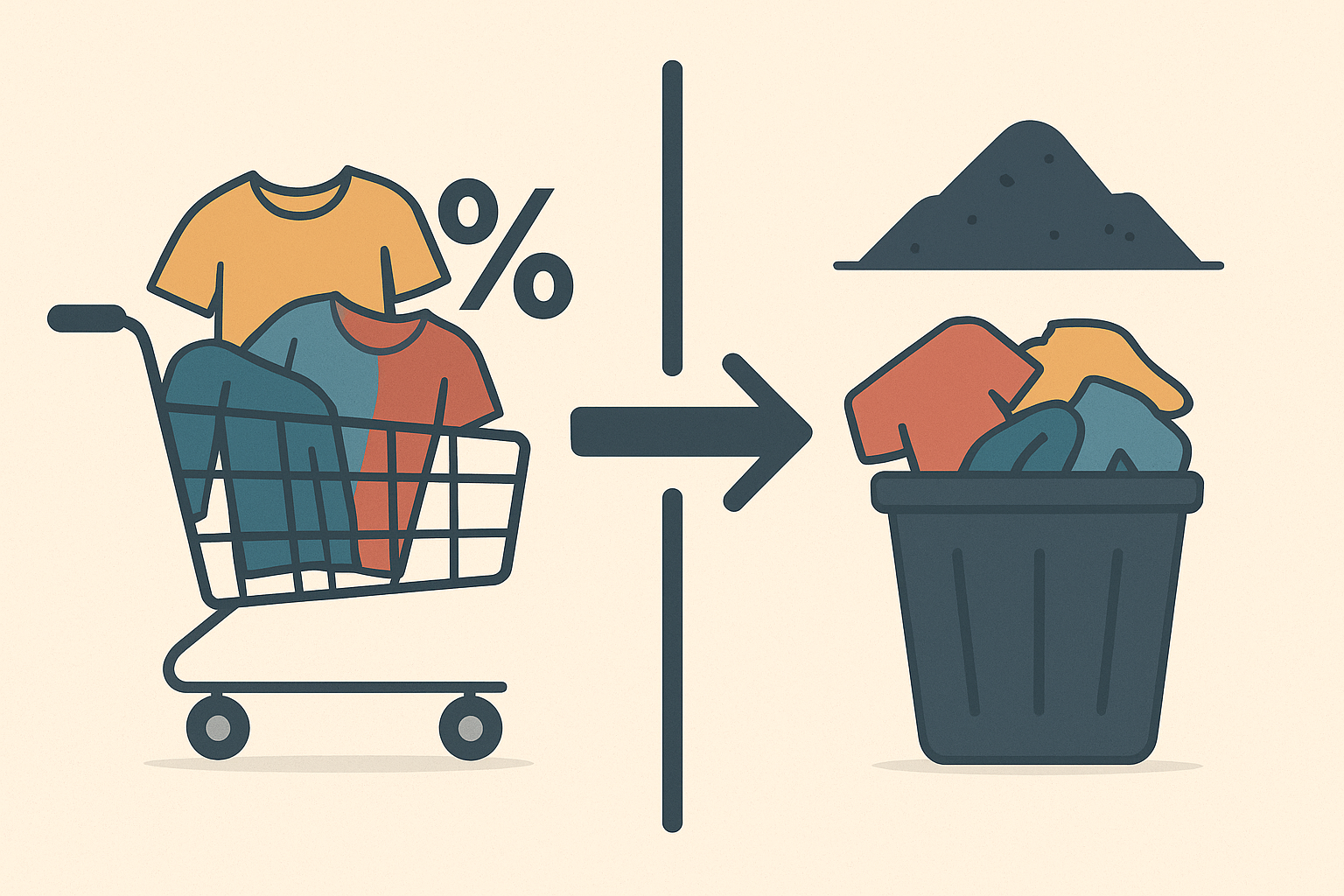Your ecommerce return rates might be quietly inflating your losses, even if your marketing strategy is skyrocketing your sales. Why? Because in the rush to celebrate gross, instantly visible metrics, like:
we rarely account for what comes after: the silent weight of returns. Essentially, you are likely leaking potential profits.
As Jonny Longden notes, “The ‘trading’ mentality at the heart of ecommerce retail is to blame. Obsession with quick wins that nudge commercial vanity metrics but ignore wider systemic effects.”
Will Clayton adds, “The focus on immediately available, gross metrics is key. Rarely are returns well understood, and net performance requires a sizeable lag to calculate. Returns specifically take a matter of weeks to fully materialize due to their physical journey.”
Most companies still don’t grasp the full impact of returns – not on their bottom line, not on customer loyalty, and definitely not on the environment. They’re often seen as simply a “cost of doing business.” Free returns feel fair, but are they really?
We push one-click checkouts, upsells, cross-sells, FOMO triggers, and “Buy Now, Pay Later” options. We prioritize AOV, even if half of the items in the cart eventually come back. Every tool we use to drive impulse purchases also drives ecommerce return rates higher.
And make no mistake: returns are not free.
- In 2024, global fashion e-commerce returns are projected to cost $218 billion (AfterShip).
- Processing a return can cost between 20% to 65% of the item’s value, considering shipping, restocking, and lost resale value.
- 52% of fashion e-commerce returns happen due to poor fit.
- 25% of returned items never go back into stock – they end up in landfills or liquidation.
- Every return generates roughly 0.5 kg of CO₂ emissions through transport, repackaging, and warehousing.
So while sales numbers might look good, your profits, and your brand’s sustainability, could take a hit.
This is why a marketing strategy without a plan to reduce returns is not truly sustainable.
Enter SizeSense – our solution tackles the number-one driver of returns – poor fit. By matching actual garment measurements with customer body data, considering shape, stretch, and personal fit preferences, SizeSense provides reliable size recommendations. No gimmicks. No guesswork. Just fewer returns, happier customers, and stronger margins.
It’s time marketing and operations worked together, not against each other, to finally tackle rising ecommerce return rates.
By leveraging data-driven tools like SizeSense, fashion brands can transform their sizing process into a powerful retention engine – one that reduces returns, boosts satisfaction, and builds brand loyalty that lasts season after season.
✅ Available for brands on Shopify via the Shopify App Store
✅ Easy integration through our integration API (coming soon)
✅ Brands can schedule a demo or chat with us to learn more
Get a FREE copy of our eBook
Boost Sales and Customer Loyalty and Decrease Returns For Your Fashion Brand!

Get a free copy of our eBook. Discover how to why size Isn’t just a number, how to reduce returns and what you need to make your brand ready to use SizeSense.ai
